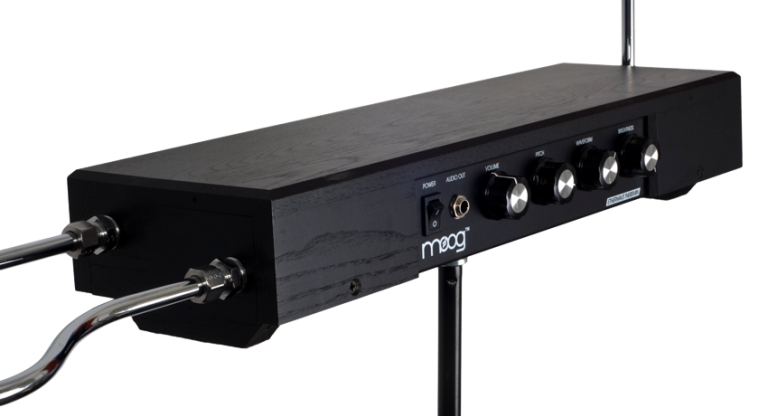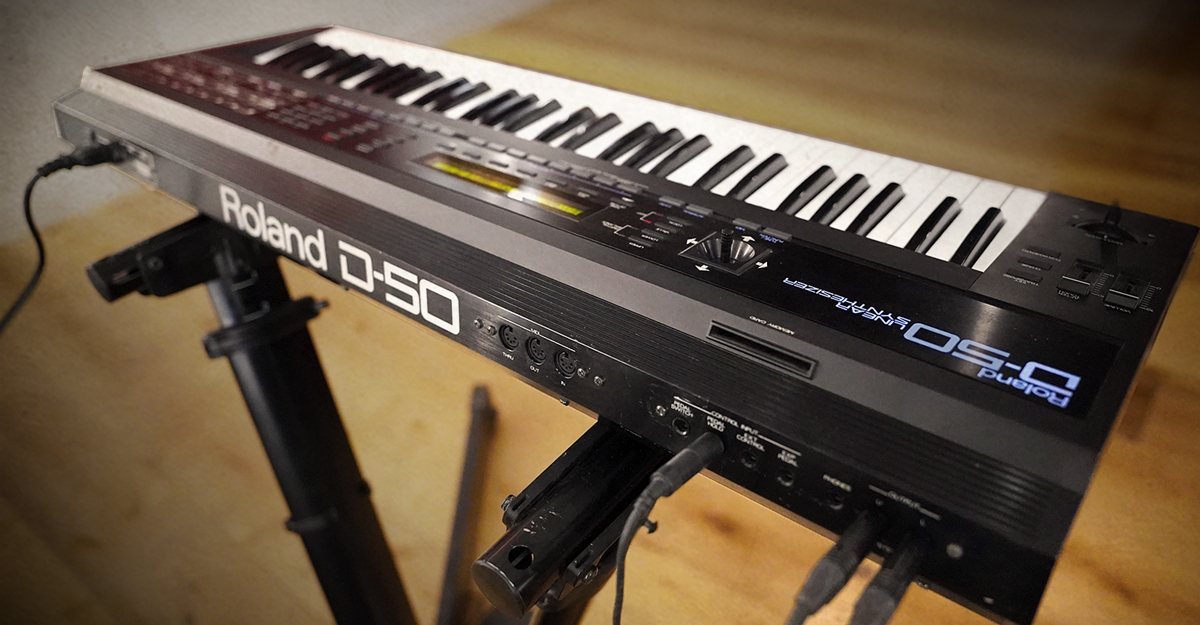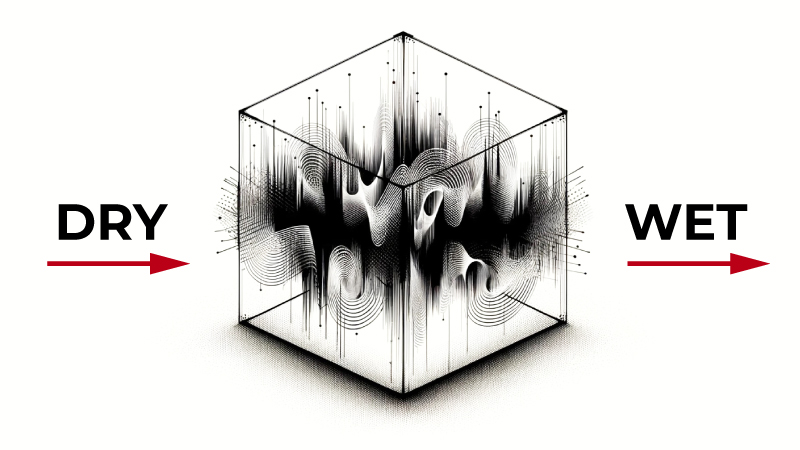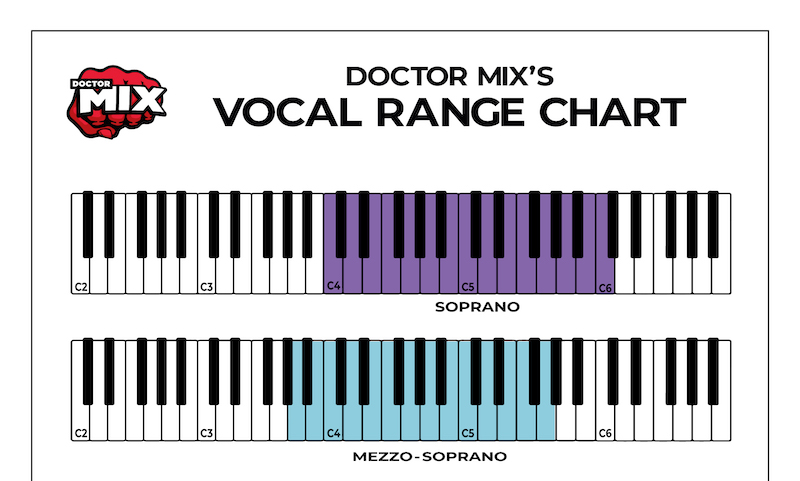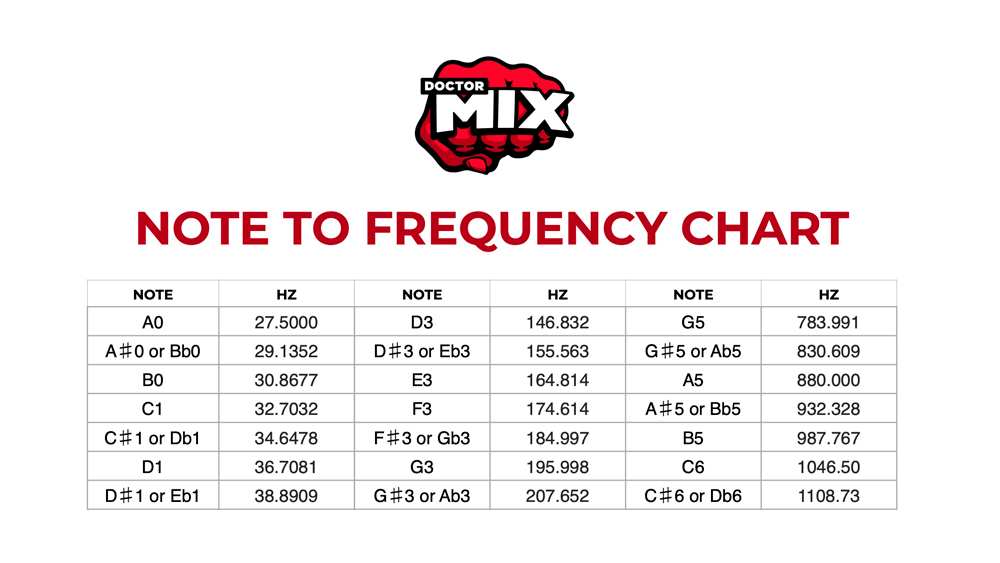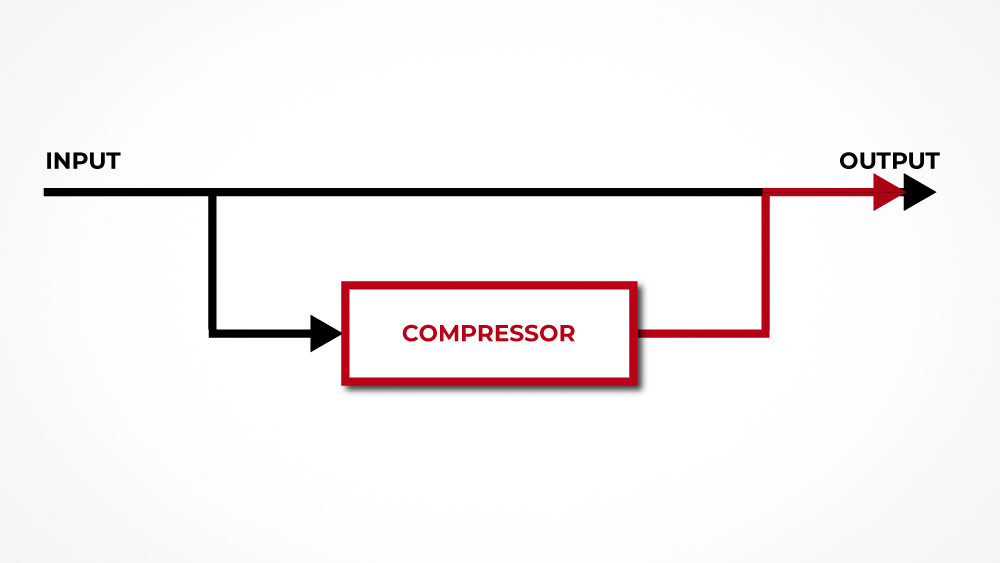Roland D-50: Digital Brain, Analog Soul
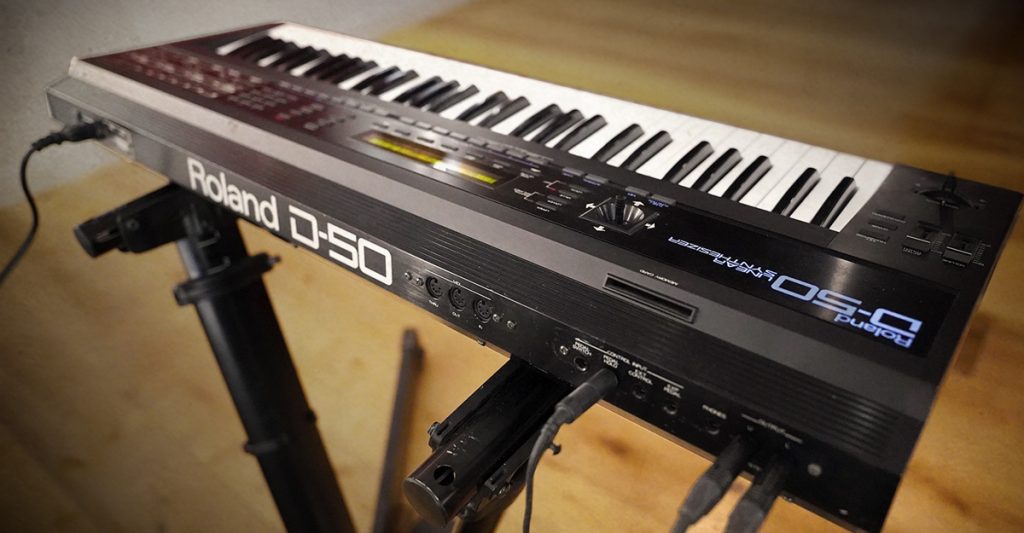
Roland D-50: The Digital Revolution That Shaped the Sound of the ’80s
In the ever-evolving world of synthesizers, few instruments have left as indelible a mark as the Roland D-50. Launched in 1987, this sleek machine didn’t just make waves – it created a tsunami in the music industry, reshaping the sonic landscape of the late ’80s and early ’90s.
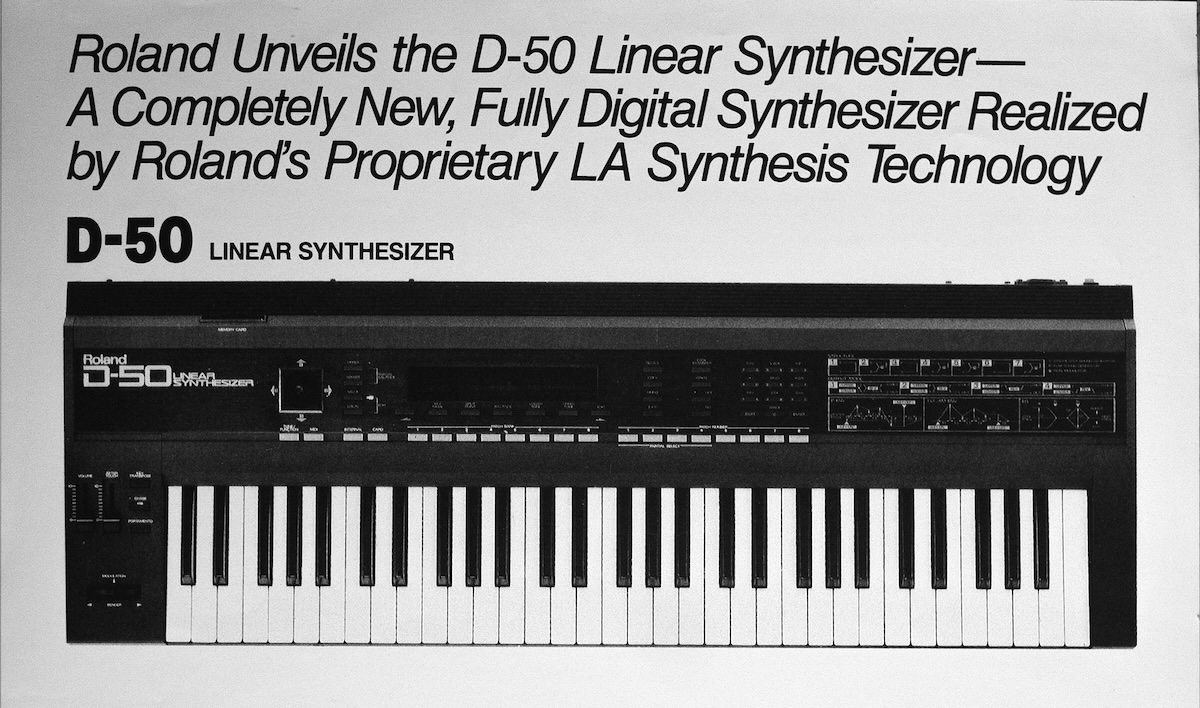
The Dawn of a New Era
When Roland unveiled the D-50, it wasn’t just another synth hitting the market. It was a paradigm shift. In an era dominated by the cold, crisp tones of FM synthesis and the warm, analog sounds of traditional synths, the D-50 struck a remarkable balance. It offered musicians a hybrid that combined the best of both worlds – sampling and subtractive synthesis.
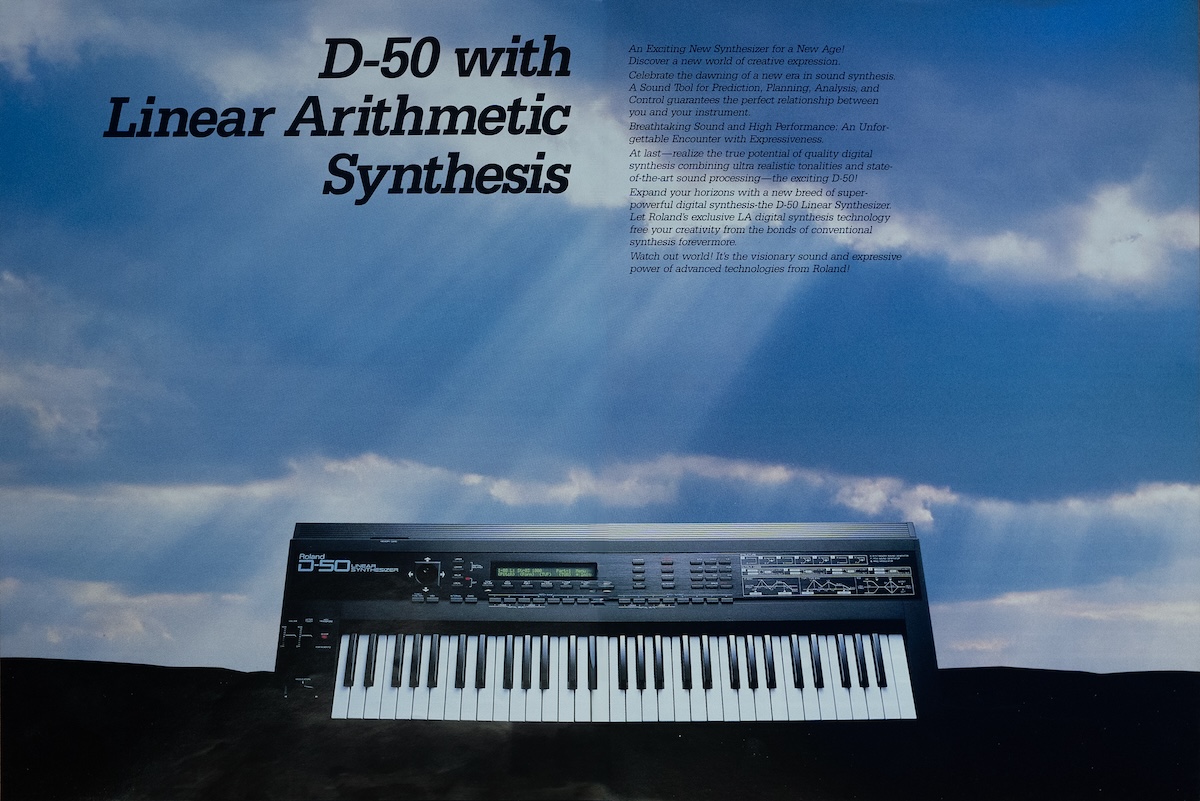
Linear Arithmetic: The Secret Sauce
This groundbreaking technology combined short, sampled attack transients with synthesized sustaining sounds. The result? A level of realism and expressiveness that was unprecedented at the time.
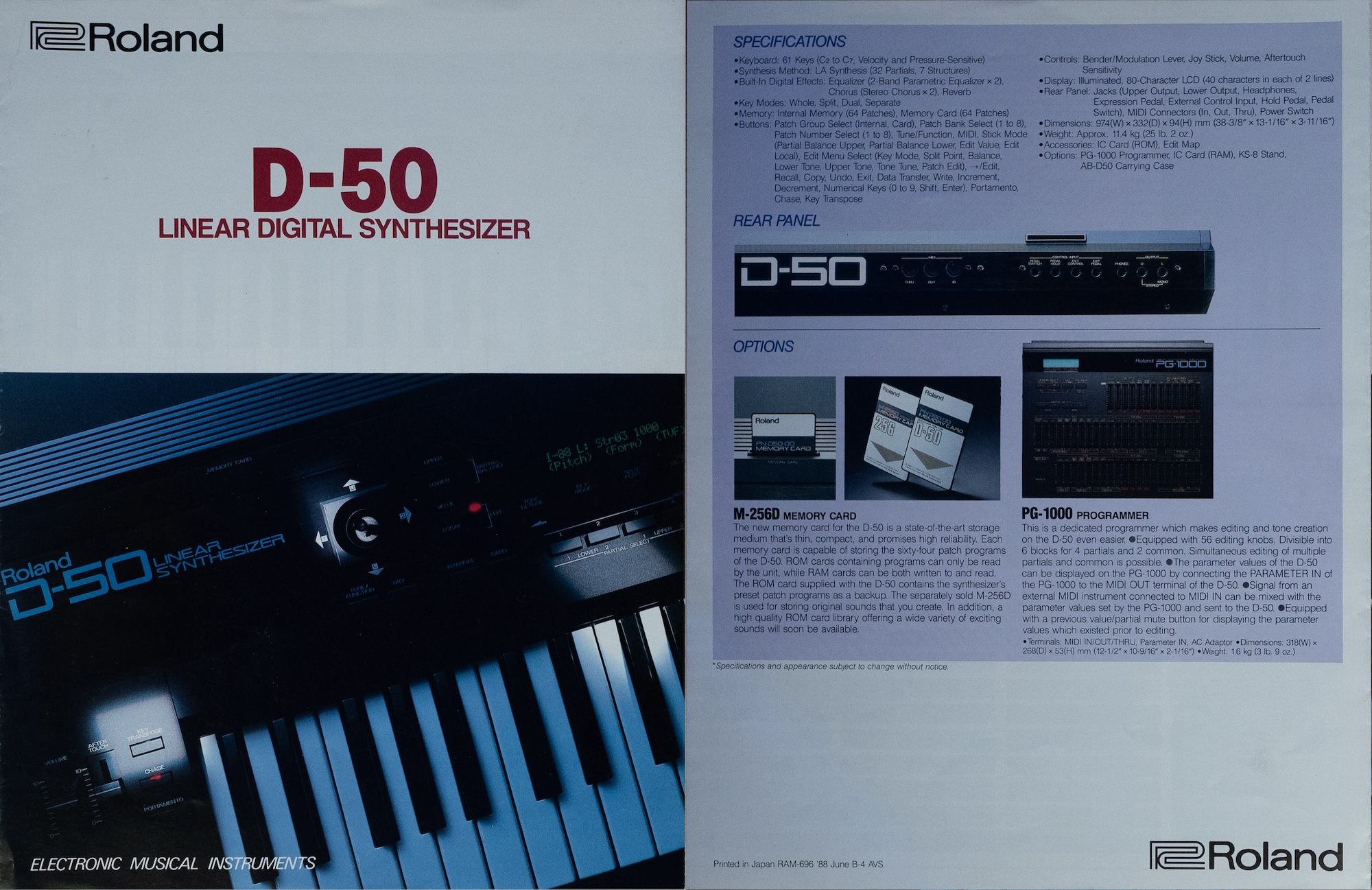
As Roland proudly proclaimed in their 1987 product announcement: “Roland has engineered a new highly sophisticated LSI chip, code named LA Chip, that utilizes a linear arithmetic technique to digitally synthesize sounds. Roland’s new D-50 Linear Synthesizer utilizes the ‘LA Chip’ offering unsurpassed new sound synthesis capabilities and easy programmability.”
The Sound of an Era
The D-50 had a very strong sonic signature that ranged: ethereal pads to crystalline bells, warm horns, credible tuned percussions, breathy flutes . Althow the D-50 was well capable of making sounds from scratch, tts presets were still the most interesting aspect of it, and they became the soundtrack of a generation, appearing on countless hits.
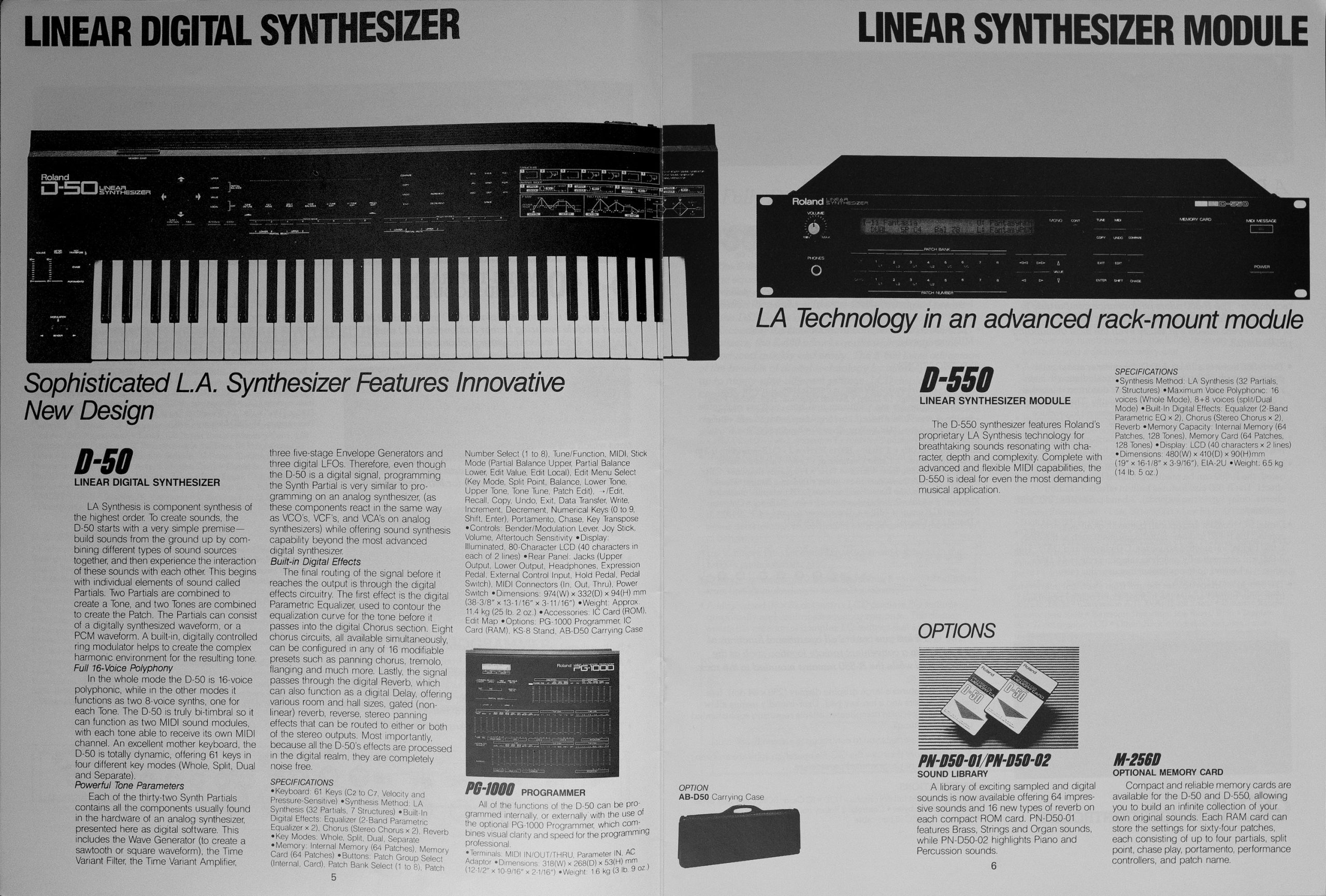
Famous Users and Iconic Tracks
- 808 State – “Pacific”, “Donkey Doctor”
- Billy Ocean – “Gun For Hire” (using the 15 Horn Section preset)
- Boy Meets Girl – “Waiting For A Star To Fall”
- Chicago – “I Don’t Want To Live Without Your Love”
- David Lee Roth – “Skyscraper”
- Duran Duran – “Hungry Like The Wolf”, “Save A Prayer”, “All She Wants Is”
- Enya – “Storms In Africa”, “Orinoco Flow (Sail Away)” (using the 44 Pizzagogo preset)
- Erasure – “Witch In The Ditch”
- Eric Clapton – “Bad Love” (using the 77 O K Chorale preset)
- Eric Serra – “Rico’s Gang Suicide” (La Femme Nikita soundtrack)
- Foreigner – “Say You Will” (using the 61 Staccato Heaven preset)
- Gary Numan – “Cold Metal Rhythm”, “America”, “Children” (using the 21 DigitalNativeDance and 67 Choir presets)
- George Michael – “Faith” (using the 36 Pipe Solo preset), “Father Figure”
- Go West – “King Of Wishful Thinking”
- Guy – “Teddy’s Jam”
- Jean Michel-Jarre – “Industrial Revolution Overture”, “Computer Weekend”, “September”
- Michael Jackson – “Dirty Diana”, “Liberian Girl”, “Man In The Mirror” (using the 84 Afterthought preset)
- Miles Davis – “Catembe”
- Mr President – “Coco Jumbo” (using the 16 Living Calliope preset)
- New Order – “Vanishing Point” (using the 11 Fantasia preset)
- OMD (Orchestral Manoeuvres In The Dark) – “Dreaming”
- Paula Abdul – “Straight Up”
- Phil Collins – “Another Day In Paradise”
- Prince – “Positivity”, “Anna Stesia”
- Rick Astley – “You Move Me”
- Sabrina – “Boys (Summertime Love)”
- Seal – “Violet”
- Sting – “Bring On The Night”
- Tangerine Dream – “Shadow Flyer” (using the 36 Pipe Solo preset), “Sudden Revelation”, “Water’s Gift”
- Taylor Dayne – “Tell It To My Heart”
- The Art Of Noise – “Ode to Don Jose” (using the 77 O K Chorale preset)
- The Bangles – “Hazy Shade Of Winter” (using the 11 Fantasia preset)
- The Cars – “Fine Line”
- The Simpsons – TV Show Theme
- Ziggy Marley & The Melody Makers – “Pains Of Life”, “When The Lights Gone Out”

A Legacy That Endures
The D-50’s influence extended far beyond its heyday. It paved the way for future digital synthesizers and workstations, setting a new standard for what musicians could expect from a keyboard. Even today, its distinctive sounds continue to inspire producers and appear in contemporary tracks.
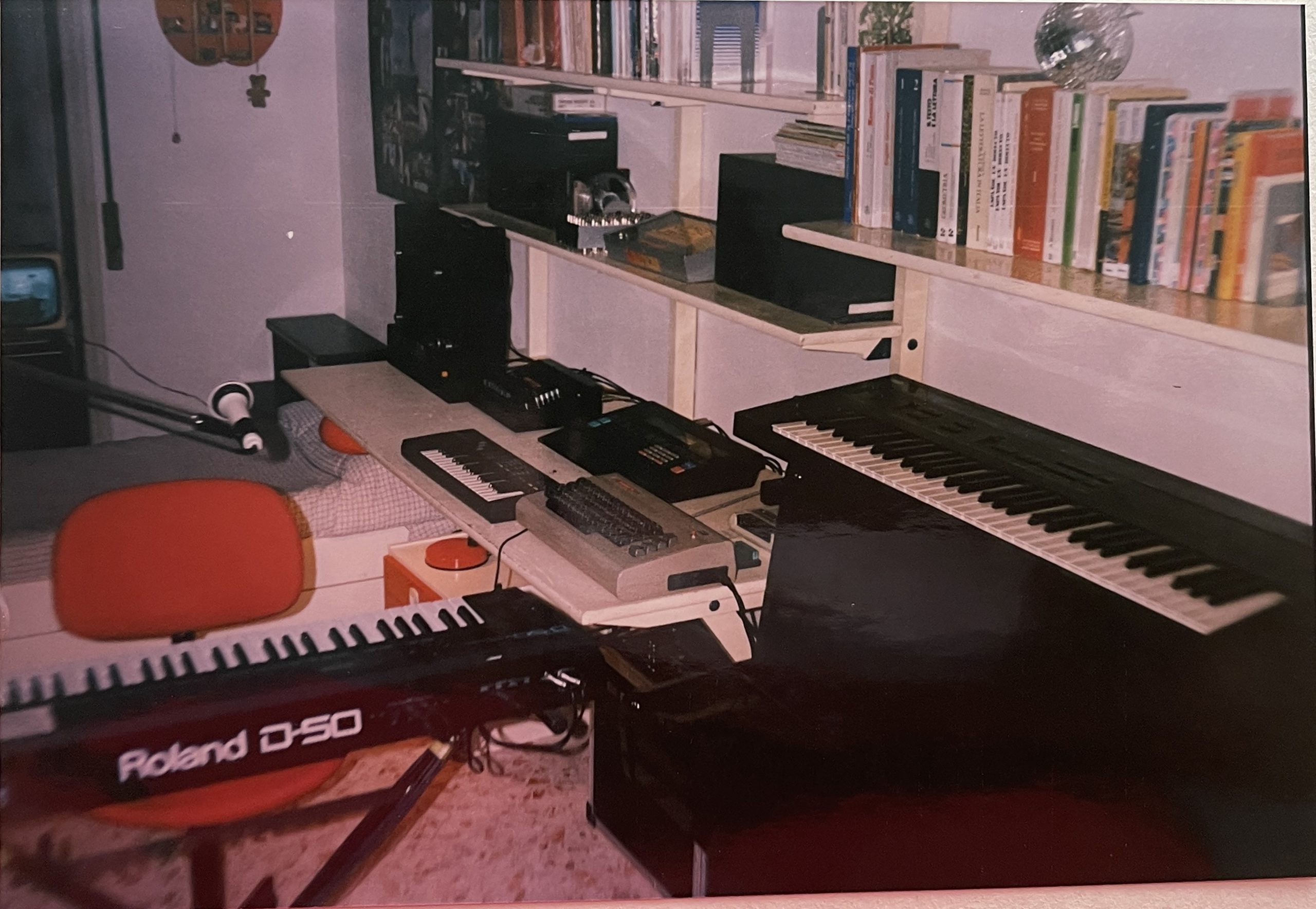
My D-50 Journey
I first encountered the D-50 in the late ’80s, and it was love at first listen. The depth and complexity of its sounds were unlike anything I’d heard before. Years later, I managed to acquire my own D-50, and it still holds a place of honor in my studio. There’s something magical about those original presets that simply can’t be replicated by modern virtual instruments.
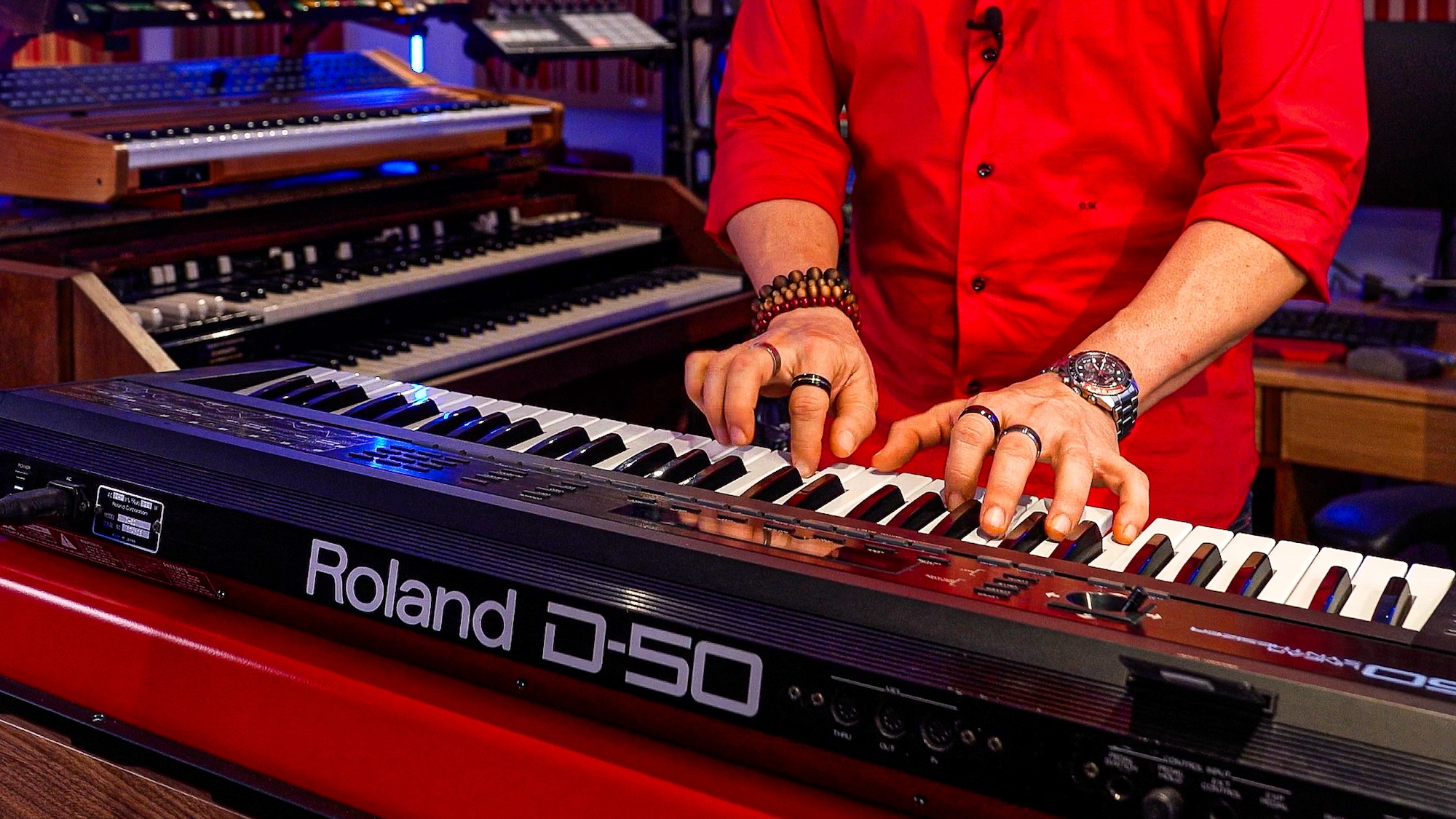
Technical Specifications:
- Synthesis Type: Digital Sample-based Subtractive (Linear Arithmetic synthesis)
- Polyphony: 16 voices, 8 voices (Dual or Split mode)
- Timbrality: 2-part (2 Partials per part)
- Oscillators: 32 partials with 2 per voice; 4 per voice in Dual or Split mode
- Filter: Low-pass resonant filter Time Variant Filter (TVF) for square wave (non-PCM) Partials
- Amplifier: ADSR envelope referred to as Time Variant Amplifier (TVA)
- LFO: 3 per voice
- Keyboard: 61 keys
- Velocity: Yes
- Aftertouch: Yes
- Left Control: Pitchbend / modulation lever
- External Control: MIDI in/out, pedal switch, pedal hold, EXT Control, EXT Pedal
- Memory: 64 patches
- Effects: Reverb, chorus, EQ
- Display: Illuminated 40-Character LCD (40 characters in each of 2 lines)
- Rear Panel: Jacks (Upper Output, Lower Output, Headphones, Expression Pedal, External Control Input, Hold Pedal, Pedal Switch), MIDI (In, Out, Thru), Power Switch
- Dimensions: 974 x 332 x 94 mm (38-3/8″ x 13-1/16″ x 3-11/16″)
- Weight: Approx. 11.4 kg (25 lb. 2 oz.)
- Power Consumption: 22W


